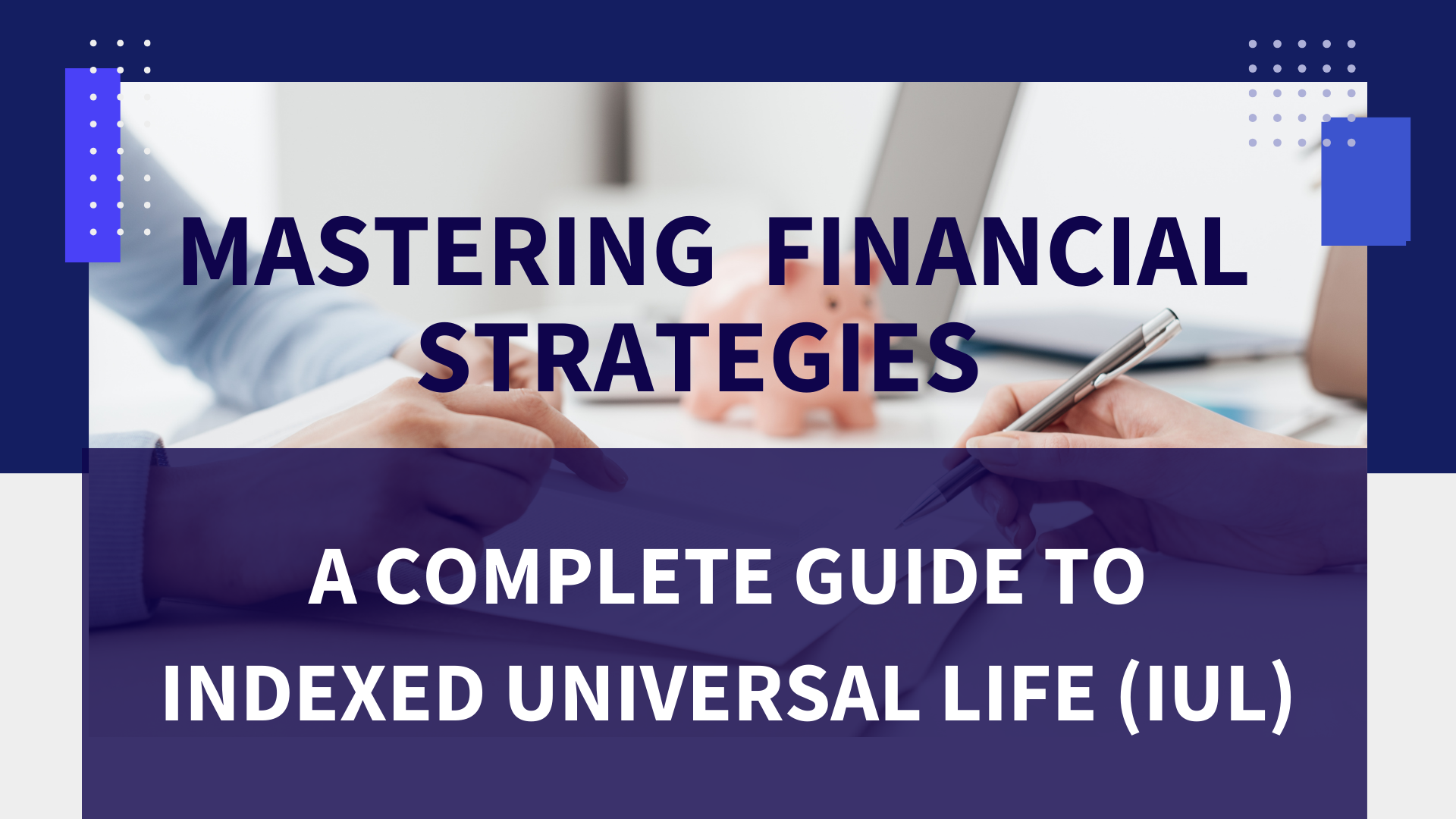Chris here again. Checking in on a huge tax change that occurred at the end of last year that is now beginning to unfold. At the end of 2020, a large bill focused on government spending and coronavirus relief named: “Consolidated Appropriations Act, 2021” was pushed through Congress. A $2.3 trillion spending bill in stimulus relief for the COVID-19 pandemic. It included internal crediting changes for insurers and an increase in the amount of premium clients can put into policies and still keep the tax advantaged status of life insurance. How does this change the game for the insurance industry? Let’s talk about it.
Previously, Insurers were required to credit interest rates of 4% on the cash value of permanent life insurance products. This was to maintain coverage until death for this sort of product. The issue is that the credit interest rate was put in effect in 1984 and hasn’t evolved along with today’s economical structure. The new bill drops the interest rate used in creating life insurance policies to 2%. It also allows for flexibility in the future if rates were to change. This is important because many permanent life insurance policies are linked to the credit markets. It also increases the amount of cash in the policy that can be held while keeping the tax advantage of being a life insurance policy.
This offers two major changes, first, it makes it more tenable for insurers to offer permanent life insurance, more specifically, whole life insurance products. Secondly, and more importantly, from our perspective, it increases the amount of premium policyholders can put into their policies while keeping the tax advantage of a life insurance policy. Permanent policies have a saving and investment component building cash value that the policyholder can use. Under the new law you can put more premium into the policy before it loses its tax advantage. The cost of insurance remains about the same so the investment component is now potentially bigger.
The change in law and tax treatment is important because more people are purchasing life insurance for living benefits, financial and retirement security as opposed to final expense, estate planning, income replacement and other traditional solutions life insurance took care of.
Whole life insurers are the driving force behind this bill’s agenda. At 4% credit interest the whole life insurers could only raise premiums so much before the policy loses its tax advantage, at the new lower rate of 2% for this year there is now flexibility. Moving forward the rate will float. This gives whole life insurance the ability to ride out any economic environment.
However the changes also affect Universal life and Indexed Universal life which are our specialty products. The immediate and potentially biggest change is that the amount of premium dollars that can be pumped into these policies has increased drastically before the policy loses it’s tax advantage. The average IUL policy can now take an additional 50%-100% more premium without losing its tax advantaged status. This is impactful to those of us that believe in life insurance as the dual purpose vehicle that these products can be. The amount of dollars you can invest within the policy without losing its tax status is now larger, and as before, that investment will grow tax free and can be withdrawn tax free. Thus allowing for higher returns and distributions now protected under the tax advantaged status of life insurance.
Want to learn more? Call us today!.
Leave a Reply
Your email address will not be published. Required fields are marked *
Leave a Reply
We will get back to you as soon as possible.
Please try again later.
RECENT POSTS



RECENT COMMENTS
ARCHIVES
CATEGORIES
META
ALL RIGHTS RESERVED© TOROPOINT 2024


